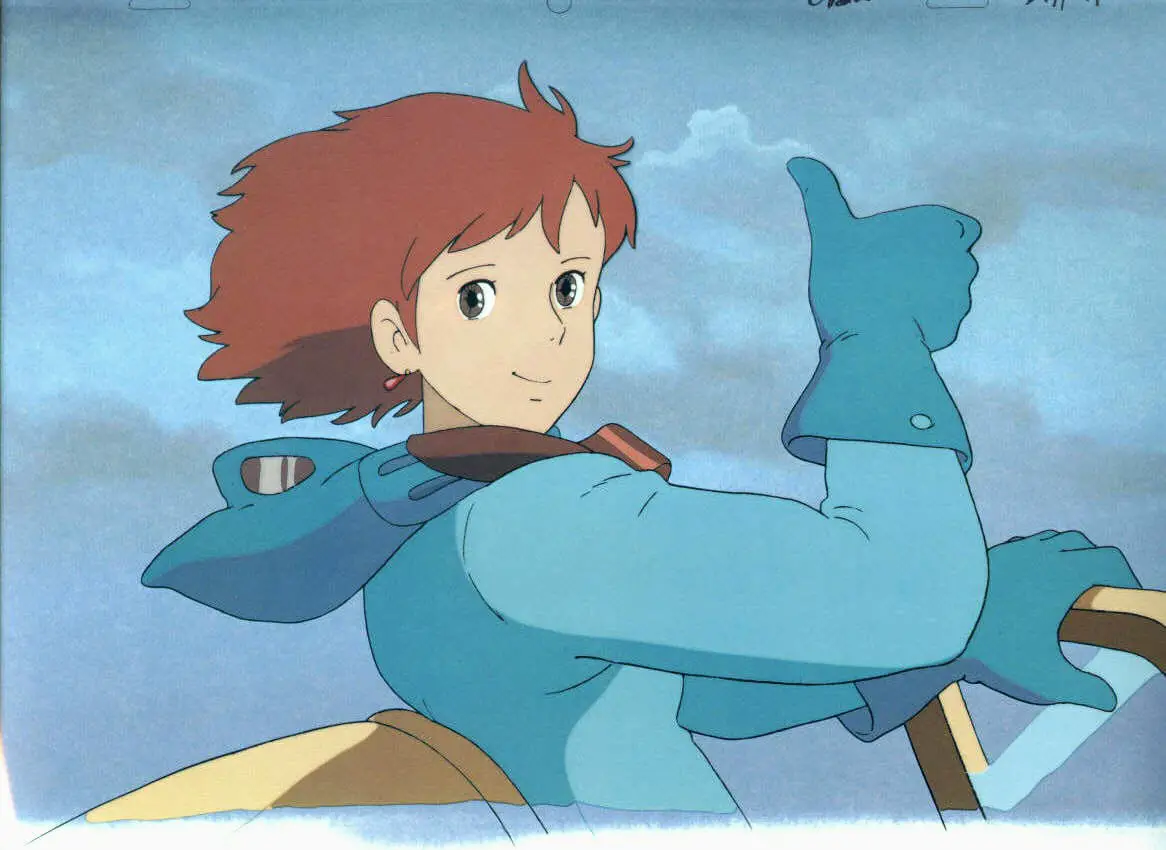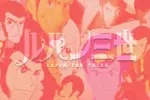Japanese filmmaker Hayao Miyazaki is a man with an incredible vision. He is someone able to create inspiring movies and messages that are able to transform tragedy into beauty and despair into hope.
Although Miyazaki’s movies explore humanity’s many flaws, they also show the strength and warmth of the human spirit. Here are five of his films that should serve as your introduction to his amazing work as a director.
1. “Castle of Cagliostro”
This one might seem like an odd choice, and I’ll admit, it probably doesn’t make it too high up in many of Miyazaki fans’ lists, but I’m not ashamed to admit that I love it with a passion. It’s an adventure film that mixes humor, mystery and romance, almost reminiscent of old-time detective movies. The protagonist Lupin is an outlaw, but in the fictional Cagliostro, he finds an opportunity to do good and rescue the princess Clarisse from an evil count’s counterfeiting scheme.
Being Miyazaki’s first feature film, “Castle of Cagliostro” is oftentimes overlooked as being the most underdeveloped of his works, but in my opinion, it’s one that flows beautifully from beginning to end, with stunning action shots and some of the most humorous scenes in all of Miyazaki’s body of work. While many of his other films focus on more complex environmentalist themes and more pronounced anti-war messages, don’t overlook the extremely satisfying journey that this movie presents you with.
2. “Spirited Away”
“Spirited Away” is a classic and for a good reason. Widely considered to be Miyazaki’s movie with the most commercial success, it narrates the story of Chihiro, a young girl whose parents are suddenly turned into pigs after they eat food that wasn’t made for them. What follows is a magical journey filled with monsters, spirits and bizarre events while Chihiro struggles to find her parents and return them to their human state.
I’m not going to lie, as a kid, watching this movie left me uneasy. So many of Miyazaki’s movies contain disturbing content, but what stays with you are the awe-inspiring images and the strange emotions those images produced for you. And that’s the beauty of his art: As a child, you enjoy it, but when you’re older, you start to really unearth the meaning behind it.
This is perhaps one of his most conventionally “bizarre” movies, but it offers an incredible, magical world for us to sift through. Yet the biggest reason “Spirited Away” is so special is that as a young child, Chihiro is able to showcase bravery and resilience in her navigation of difficult and scary situations, serving as a strong boost of confidence to children.
3. “Nausicaa”
While each of Miyazaki’s films holds an important place in my heart, there is something so distinctly bewitching that comes with watching “Nausicaa.” Set in a dystopian world where nature is rebelling against the cruelty of humans, young princess Nausicaa stands as the last chess piece in an otherwise apocalyptic clash between the two.
In part, this is because she represents all of humanity’s best traits; she is brave, strong-willed and deeply compassionate. Her tireless search for a balance between the love she feels for her own kind and the love she can’t help but feel for a world she does not fully understand is gut-wrenching and a source of inspiration to anyone who longs to see young female protagonists at the forefront of epic saving-the-world adventure tales.
While it’s true that the animation in this film is not up to par with some of Miyazaki’s more recent films, it doesn’t detract from the story in any capacity. But perhaps most gripping of all is the message at the heart of the film: humanity’s seemingly selfish tendency to inflict terrible suffering on the world around it but also its unfailing ability to fix the hurt created and coexist with it, with Nausicaa as a beacon of hope that will introduce the necessary harmony to this war-torn world.
Nausicaa is perhaps the most striking of Miyazaki’s heroines, one who proves to us all the power of empathy and the beauty of courage.
4. “Laputa: Castle in the Sky”
This is yet another visually stunning piece of art. Young Princess Shita is captured by government agencies for a coveted crystal passed down to her by her family that is able to point the direction to a mystical yet technologically equipped castle, Laputa, that could decide the fate of humanity.
What transpires is another classic Miyazaki battle between a nature that seeks revenge for wounds inflicted and a human world that is blinded by its desire for destruction and power, with two young protagonists tasked with reconciling human wants with the nature that indubitably commands the universe.
https://www.youtube.com/watch?v=McM0_YHDm5A
“Laputa: Castle in the Sky” is another artful mix of humor and meaningful, beautiful subtext. In Miyazaki’s world, evil does not always come in the form that we would most expect. Humans are not always pure evil so much as they are flawed, ordinary people who fall prey to things like greed, corruption and other vices that drive them to embrace a series of morally questionable behaviors.
But there is always some form of subversion on Miyazaki’s part in regard to our conceptions of what makes up evil. In the movie, we can see this in the figures of the pirates who at first seem just as bloodthirsty as the government agents in hunting down Shita and acquiring riches at the cost of terrible environmental wreckage, but soon, in another greatly comedic way, Miyazaki humanizes them as a people capable of love and sympathy despite operating outside the confinements of the law.
In fact, Miyazaki prefers to condemn far more mercenary forces like the government and the army, showcasing that the crimes committed by the pirates don’t even compare to the mass crimes committed by powerful agencies. Again, the movie presents an opportunity to push your imagination to new limits with the conception of a magical castle hidden in the clouds, while also making you reflect on the ways of the world. It’s usually the task of some protagonist to reconcile these human traits with the nature that commands the universe.
5. “My Neighbour Totoro”
“My Neighbour Totoro” is a gift to this world. Transfixed by it as a child, I can say I love it just as much now that I am a college junior. The experiences when watching it might differ. I can watch one of his movies now and recapture the same spark that was ignited as a child, only this time grasping the concept more fully.
https://www.youtube.com/watch?v=TuLX50_5UAI
For starters, the character of Totoro is iconic on all levels. Lovable, sweet, soft and delightful, he appeals to our wildest fantasies of what a loving stuffed animal should look like. The secret world you once conjured up as a child (if you happened to be an imaginative kid) comes to life in this movie and takes you on a journey through the imagination, with an amazing score and scenes that are breathtaking in their magic.
The real reason this film is so amazing, however, is that it is able to explore difficult concepts, such as the anxiety of dealing with a parent’s sickness and the tension at the heart of sibling relationships, while still conserving a decidedly magical spirit — the spirit of a child.
















